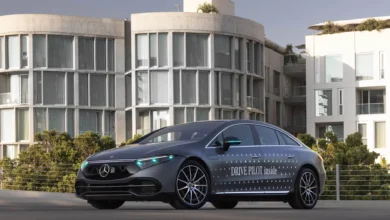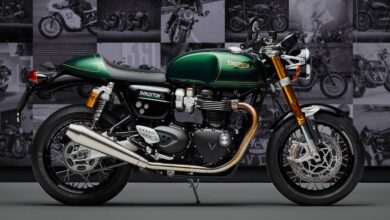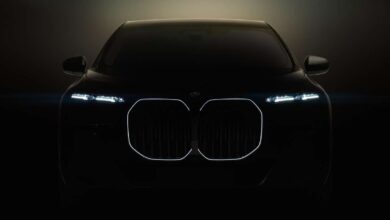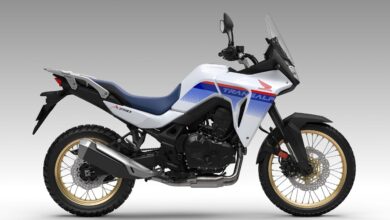The Velocette Thruxton was a bike out of its time
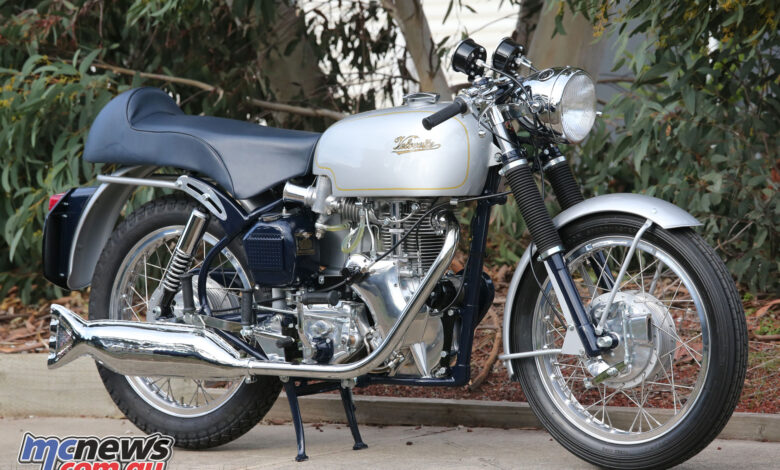
Velocette Thruxton
With Ian Falloon
It’s difficult to imagine a contemporary motorcycle manufacturer introducing a new motorcycle arguably already thirty years out of date, but that’s what Velocette did in 1965 with their Thruxton. The new Velocette model had more in common with 1930s racing bikes than the then current wave of British parallel twins, thus even when new the Velocette Thruxton was considered somewhat of an anachronism.
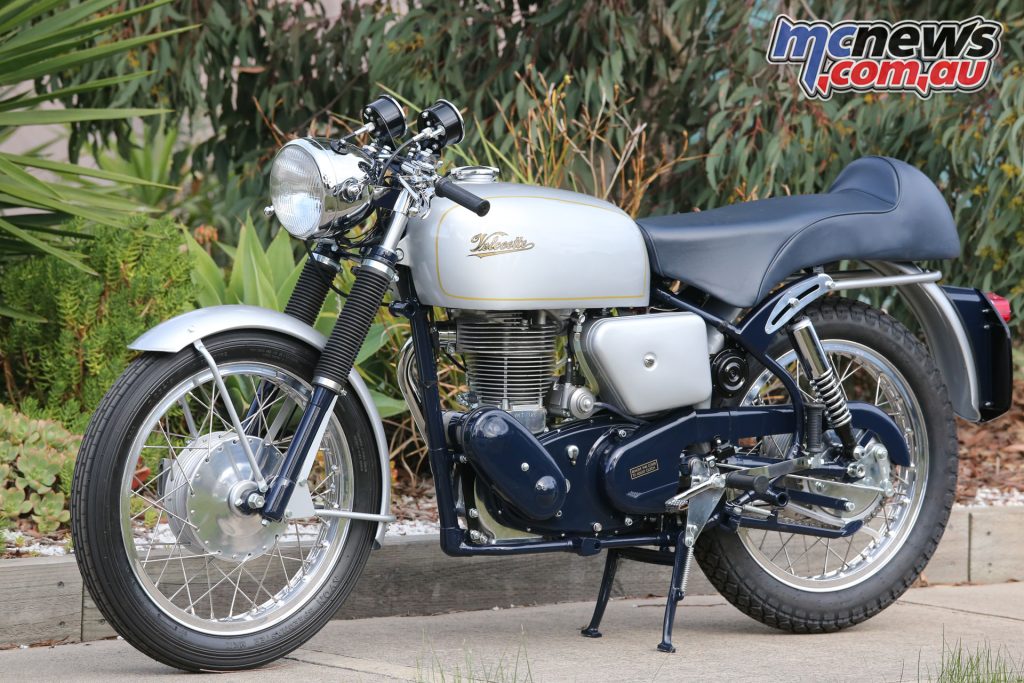
500 cc singles hadn’t ruled the Grand Prix tracks since the early 1950’s, and all the great singles from Norton, BSA, Matchless and AJS had pretty much had their day by 1965. But no one told Veloce Ltd. in Birmingham.
The Velocette story began with Johannes Gütgemann, a 19-year old German who emigrated to England in 1876 and settled in Birmingham. Gütgemann initially adopted the name John Taylor and by 1904 was in partnership with William Gue producing frames for the Ormonde motorcycle.
The first Veloce motorcycle was produced in 1905 and in 1911 John Taylor became a naturalised British subject. In 1917 the family changed their name by deed poll to Goodman. Velocette was launched in 1913 and after John Goodman died in 1928 control of the company passed to Goodman’s sons, Percy and Eugene. Percy died in 1953, but Eugene remained managing director until 1965.
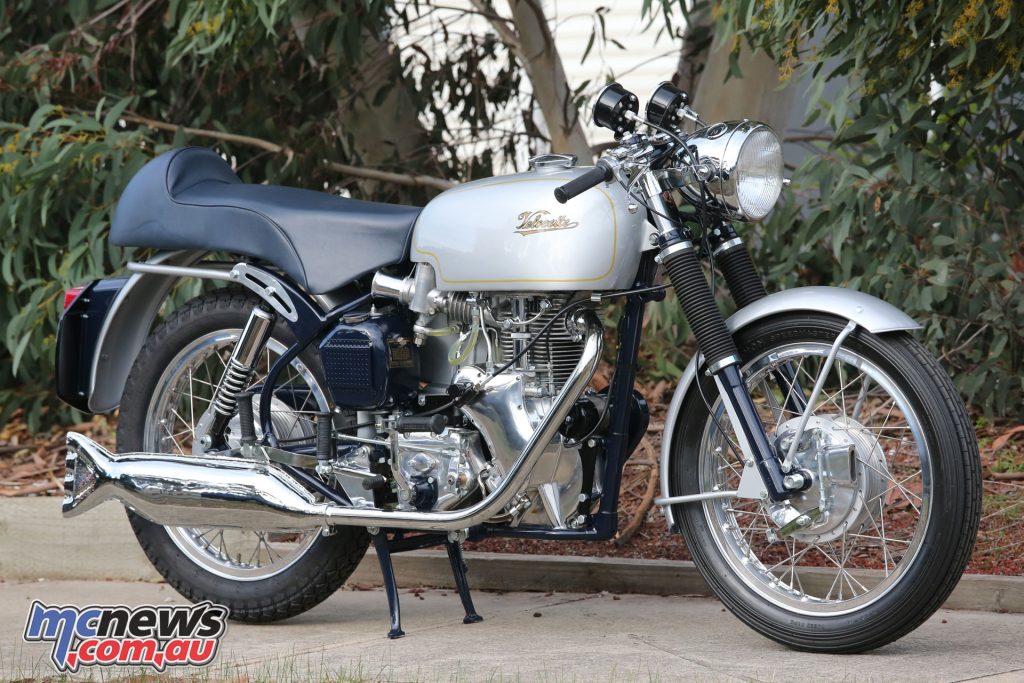
As a long standing family concern Velocette always had an old-fashioned image, but they also had a remarkable racing record, and were committed to the single cylinder. The magnificent overhead camshaft 350 cc KTT racing models of 1926-51 were extremely successful, winning the World 350 cc Championship in 1949 and 1950, but with little development they were soon outclassed.
Then, with the popularity of the new 500 cc Venom sports bike of 1956, Velocette decided to contest the nine-hour race for production bikes, at the Thruxton circuit in Hampshire. Victory eluded them until 1964, and a year later the celebratory Thruxton appeared, ostensibly a tuned Venom with a racing cylinder head and cutaway oil and petrol tanks to accommodate the 35 mm Amal GP carburettor on its extended inlet manifold.
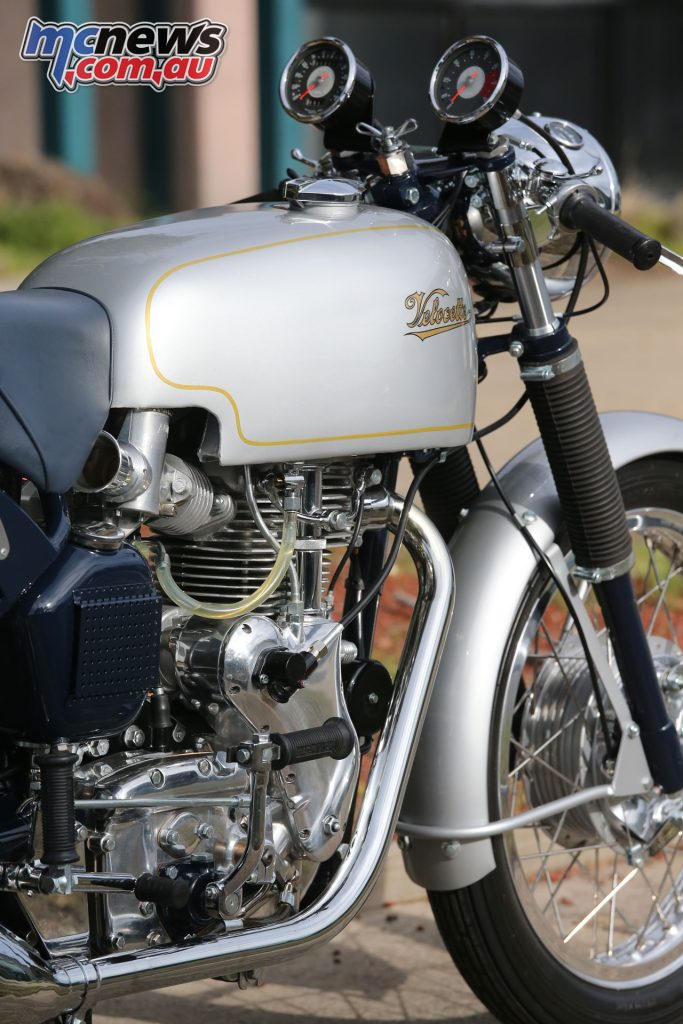
The Venom-Thruxton carried over the “bits-and-pieces” design layout that characterised the racing bikes of more than a decade earlier. With a separate engine and transmission, external oil lines and control cables, the polished engine cases bristled with studs, nuts and plugs. Defying the trend towards smooth engine design, the Thruxton wore most of its insides outside.
With the solid skirt piston giving a compression ratio of 9:1, the square, 86 x 86 mm, Thruxton produced 41 horsepower at 6200 rpm, up three horsepower on the conventional Venom Clubman. The ultra-narrow crankcases and extremely slim flywheels enabled the chain primary drive to remain close to the bike’s centreline, and the clutch to be placed inside the transmission output socket.
The large carburettor and large valves resulted in an uncertain idle, and the engine required a certain knack to start. Starting was covered in detail in the owner’s manual. If the engine failed to start, you headed for the section titled “Obstinacy in starting”. If the engine still wouldn’t fire, a supplementary sheet told how to fiddle the compression-release, spark-retard, and throttle and float tickler.
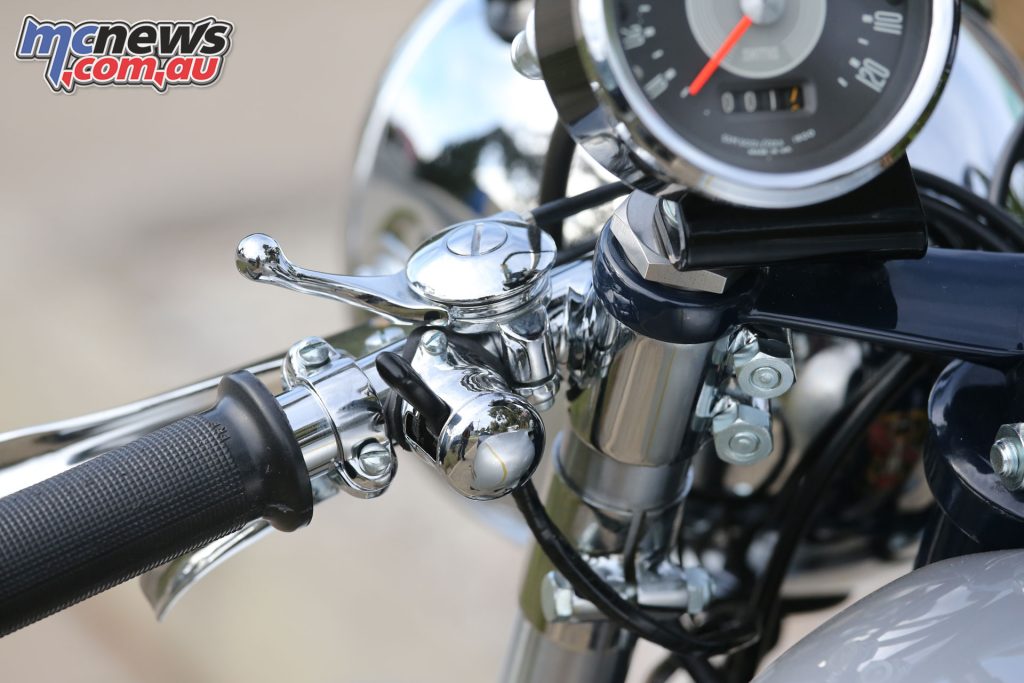
Starting a Thruxton was really an art that couldn’t be conveyed by the printed word. The combination of an extremely high first gear and café racer riding position, with low handlebars and rear set footrests, also meant the Thruxton wasn’t easy to live with at slow speeds and around town.
The cycle parts were also improved over the regular Venom. Along with alloy wheel rims the front forks included two-way damping. On early bikes like this example here the front drum brake was a new John Tickle twin-leading shoe type, and as the rear brake and rear wheel sprocket were manufactured integrally, sprocket replacement was a time consuming operation.
A unique Velocette feature was the adjustable shock absorber top mount to alter leverage. An all up weight of 170 kg assured respectable performance, and a privately entered Thruxton won the 500 cc class of the 1967 Production TT at the Isle of Man, at an average speed of 89.89 mph (144 km/h).
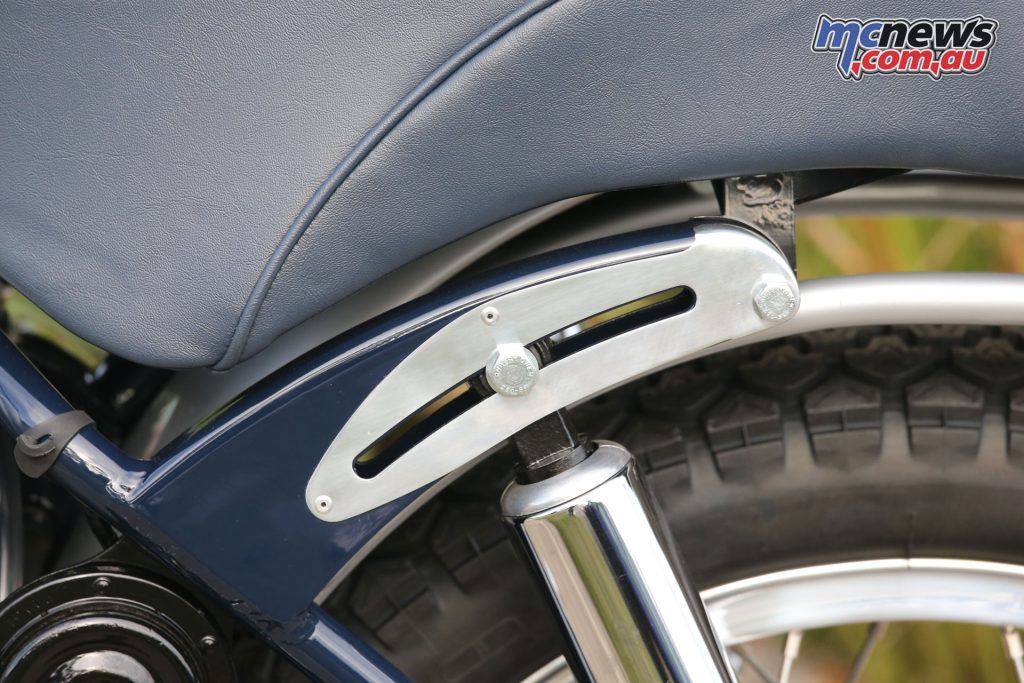
The beauty of the Thruxton was in the details. The handlebar drips with chromed levers and switches, and along with a clutch lever on the left was an overgrown compression-release, and a spark advance/retard lever. On the right was a lever for adjusting the carburettor’s correction air slide, the throttle twist grip, a throttle drag screw, and the front brake lever.
In between, there is the wing nut to tighten the steering damper. While not especially light, the narrow engine ensured a low centre of gravity with light and neutral steering. Although contemporary road tests had the Thruxton timed at nearly 115 mph (185 km/h), the acceleration was leisurely.
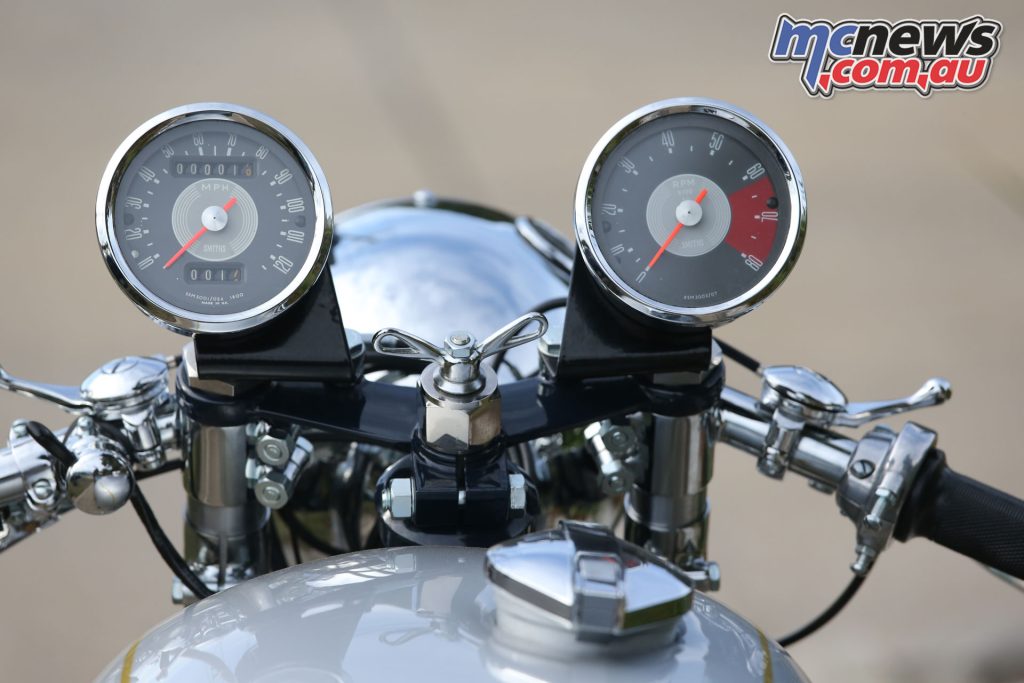
The first versions of 1965 and 1966 were painted silver over a dark blue frame, forks and oil tank, but for after 1967 the Thruxton was black. By 1968 coil ignition replaced the magneto, and the Thruxton soldiered onto until Velocette’s demise in 1970 and liquidation in February 1971.
By that stage 1108 had been made. But the Thruxton was always expensive and only appealed to a certain type of buyer and they were still available for several years after production ended.
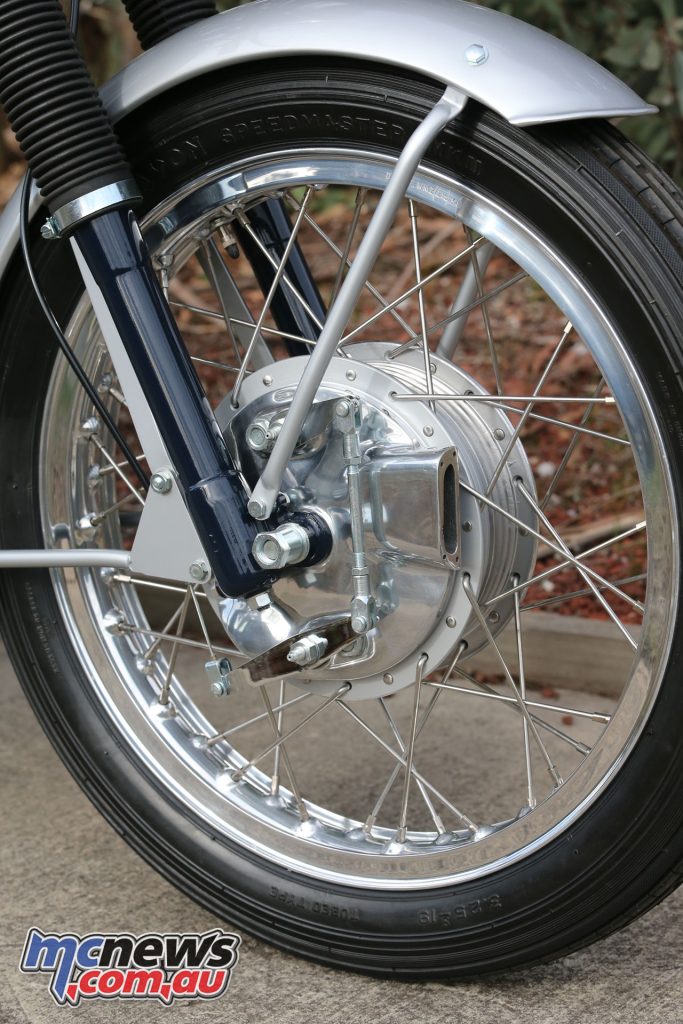
While archaic in its day, the Thruxton’s appeal as a beautiful and desirable machine is timeless. It is now totally irrelevant that the bike was obsolete when it was manufactured. Looking back forty years, there aren’t too many motorcycles of that period that have stood the test of time so well. Perhaps Velocette knew something after all.
Velocette Thruxton Specifications
| Velocette Thruxton Specifications | |
| Engine type | Air-cooled OHV single |
| Displacement | 499 cc |
| Bore & Stroke | 86 X 86 mm |
| Compression ratio | 9.0:1 |
| Fuel system | Amal 5GP2 carburettor |
| Ignition system | Miller D6 magneto |
| Battery | 6 volt, 60 W |
| Power output | 41 hp @ 6200 rpm |
| Primary drive | Chain |
| Clutch | Three-plate, dry |
| Gearbox | Four-speed, right-foot shift |
| Suspension, front | Telescopic fork, hydraulic damping |
| Suspension, rear | Swing arm w/2 shocks |
| Brake, front | 7.50 X 1.50 inch TLS drum |
| Brake, rear | 7.0 X 1.0 SLS drum |
| Tire, front | 3.00 X 19 inch ribbed, Dunlop |
| Tire, rear | 3.50 X 19 inch studded, Dunlop |
| Steering head angle | 27-degrees |
| Wheelbase | 1365 mm |
| Seat height | 775 mm |
| Fuel capacity | 19.3 L |
| Dry weight | 170 kg |
| Top speed | 193 km/h |
Check out more historical motorcycle articles by Ian Falloon here (link).
